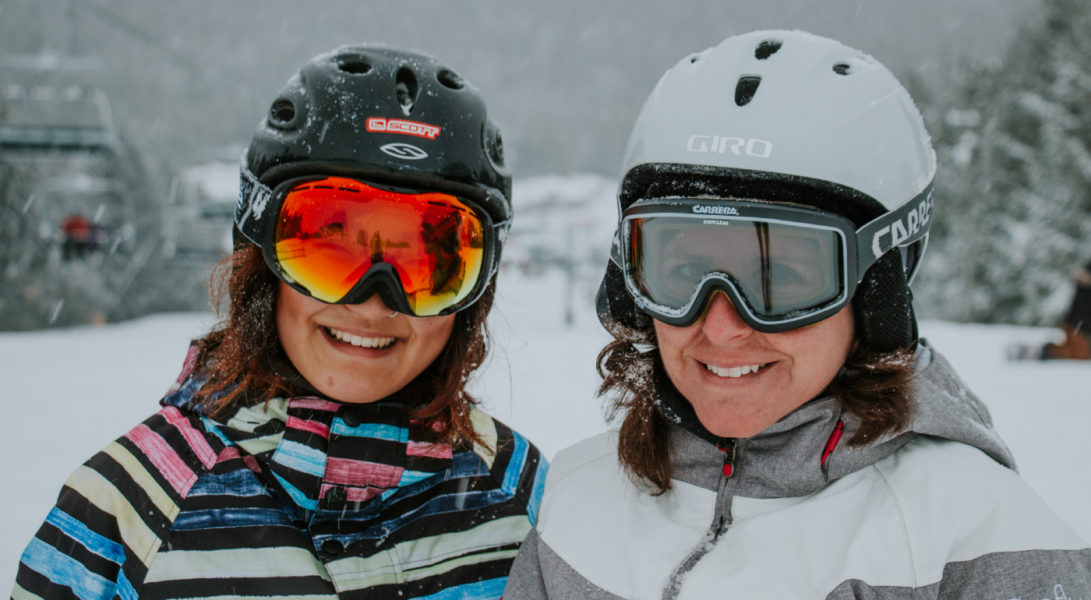How To Dress For Winter
There’s no denying that the return of the Canadian Winter has come. Cold winds, snow and low temperatures are all a reality of winter, but investing in quality layers means you don’t have to let the elements stop you from getting outside and hitting the slopes this season.
Whether you’re a seasoned pro or it’s your first time on the slopes – layered clothing is absolutely necessary to maximize your comfort and warmth, so here’s a few tips on how to dress for winter:
Let’s start with the basics. Each layer you wear has a particular job to do:
- The base layer is responsible for managing moisture
- The middle layer protects you from the cold
- The outer layer diminishes the effects of wind, rain, snow etc.
Let’s go a little more in-depth:
- A base layer (the one against your skin) is only effective when it keeps you dry, which in turn helps regulate your body temperature. For optimal comfort outdoors, a base layer should contain merino wool or synthetic fabrics with moisture-wicking abilities. Thermal underwear is also a great option in below-freezing temperatures.
- The middle layer (mid-layer) is for insulation, and the goal is to trap air close to your body to retain heat. Wool, goose down, and other natural fibers are wonderful insulators. Polyester fleece is a very popular middle layer for it’s durability, ability to absorb minimal moisture and trap warm air.
- Lastly, the outer layer or “shell” must be capable of protecting you from the elements. It should be waterproof and windproof. Along with these capabilities, it should be breathable to allow moisture on the inside to escape. Ski/snow pants are also a necessary component of your outer layer. As long as they are waterproof and windproof they will block the chill and help you remain dry. They should cover your boots to insulate your legs properly and prevent your under layers from becoming wet.
All layers should be somewhat snug, but without restricting movement. The type of fabric you choose will depend on current temperatures, and your activity level. Generally, cotton should be avoided for alpine activities as it retains moisture and will make you feel chilled. The advantage of dressing in layers is that you can add or lose layers as needed, based on your activity level and changes in the weather.
Lastly, when you’re braving the cold on the slopes investing in a few good accessories will greatly affect your comfort level on the slopes:
- Ski Gloves: Find a pair that are comfortable and form fitting, along with being waterproof and insulated.
- Ski Socks: Similar to your base layer, your socks need to be light, breathable, and fast-drying.
- Helmet: Not only are helmets extremely important when it comes to protecting your head, they also keep your head warm and prevent you from rapidly losing body heat.
- Balaclavas & Neck Gaiters: Protects your face and neck from those winter weather conditions – plus, it provides extra warmth while remaining breathable and moisture/ freeze resistant.
While layers can extend your time out on the slopes during cold weather, they can’t keep the cold out forever. We always recommend checking into our warm chalets to take a break and curl up with a delicious hot chocolate.
Store these tips away to stay warm, dry, and happy this winter!

